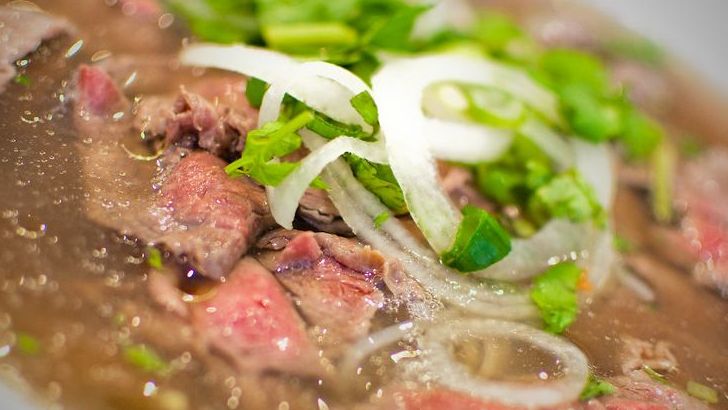Tacos – When Small Portions Favor Restaurant Economics

Here’s the surprising truth about tacos that nobody talks about: ordering tacos from a local taqueria or fast food restaurant is often far more affordable than making them at home, especially if you are only cooking for one or two people, as not only do all these ingredients add up quickly at the register, but many of them also go unused. When you’re cooking for just yourself or your partner, you’ll need to purchase tortillas, various meats or beans, multiple types of cheese, sour cream, guacamole, salsa, lettuce, and all the fixings that make tacos delicious.
Restaurants already have all the toppings on hand and portion them perfectly, so you get all the variety you want without the waste or the high bill. At home, that expensive bag of specialty cheese might sit in your fridge for weeks, and those avocados can go bad before you use them all. Meanwhile, your neighborhood taco shop can serve you two perfectly loaded tacos for under eight dollars.
Rotisserie Chicken – The Loss-Leader Champion

This one might shock you, but a fully cooked grocery store deli rotisserie chicken is actually cheaper than a whole, fresh chicken from the meat department, with a hot rotisserie chicken costing about $5-8 while a whole, raw chicken costs between $4-7. The math seems impossible when you factor in the cooking time, labor, and electricity required to roast that bird.
Rather than sell them at a premium, prepared deli foods sell at lower prices to both use up surplus and attract customers. Many grocery stores use rotisserie chickens as what’s called a “loss leader” – they make little to no profit on the chicken itself but draw customers into the store. The cost analysis shows that cooking your own chicken runs about $3.99 per pound, while rotisserie chicken costs around $3.49 per pound, meaning those cheap storebought rotisserie chickens are actually cheaper than cooking the meat yourself.
Pad Thai – The Specialty Ingredient Trap

Authentic pad Thai requires a combination of specific ingredients, including tamarind paste, fish sauce, rice noodles, dried shrimp, tofu, bean sprouts, peanuts, and more, with some of those specialty ingredients being difficult to find, and even if you skip some of the traditional ingredients, the specialized sauces alone make it a costly dish that is truly a labor of love. You’re looking at spending upwards of thirty dollars just to gather all the authentic ingredients.
Most Thai restaurants can serve you a generous portion of pad Thai for around twelve to sixteen dollars, and they’ve already mastered the complex balance of sweet, sour, and salty flavors that makes this dish legendary. Unless you’re planning to make pad Thai regularly, the restaurant version wins both on cost and authenticity. Plus, you avoid the frustration of hunting down tamarind paste at specialty stores.
Fish and Chips – The Deep-Frying Dilemma

Making this classic at home means getting fresh fish, batter ingredients, potatoes, oil for frying, and tartar sauce, with frying fish and chips also meaning dealing with the temperature of deep fryer oil, potential sogginess, and all the cleanup, while at a good fish and chips spot, you can get a crispy, hot, and golden plate ready to eat for less than the price of gathering and preparing everything yourself. The amount of oil alone needed for proper deep frying can cost more than a restaurant meal.
Restaurant kitchens have commercial fryers that maintain perfect temperatures, and they go through oil quickly enough that it stays fresh. At home, you’ll struggle with temperature control, waste gallons of expensive oil, and spend hours cleaning up the greasy aftermath. Meanwhile, your local fish and chips shop delivers restaurant-quality results for around fifteen dollars.
Vietnamese Pho – The Complex Broth Reality

The secret to authentic pho lies in its broth, which traditionally requires hours of simmering beef bones, charred onions, ginger, star anise, cinnamon, and dozens of other spices. Add in fresh herbs, bean sprouts, thinly sliced beef, and rice noodles, and your ingredient list gets long fast, with most pho restaurants serving generous, steaming bowls for just a few bucks, so it makes more sense to grab one to go rather than go shopping for all of those specialty ingredients.
Making proper pho broth is practically a religious experience that takes anywhere from twelve to twenty-four hours of slow simmering. The spice blend alone can cost more than two bowls at your local Vietnamese restaurant. Unless you’re planning to feed a small army or open your own pho shop, let the professionals handle this masterpiece while you enjoy it for around ten to fifteen dollars.





